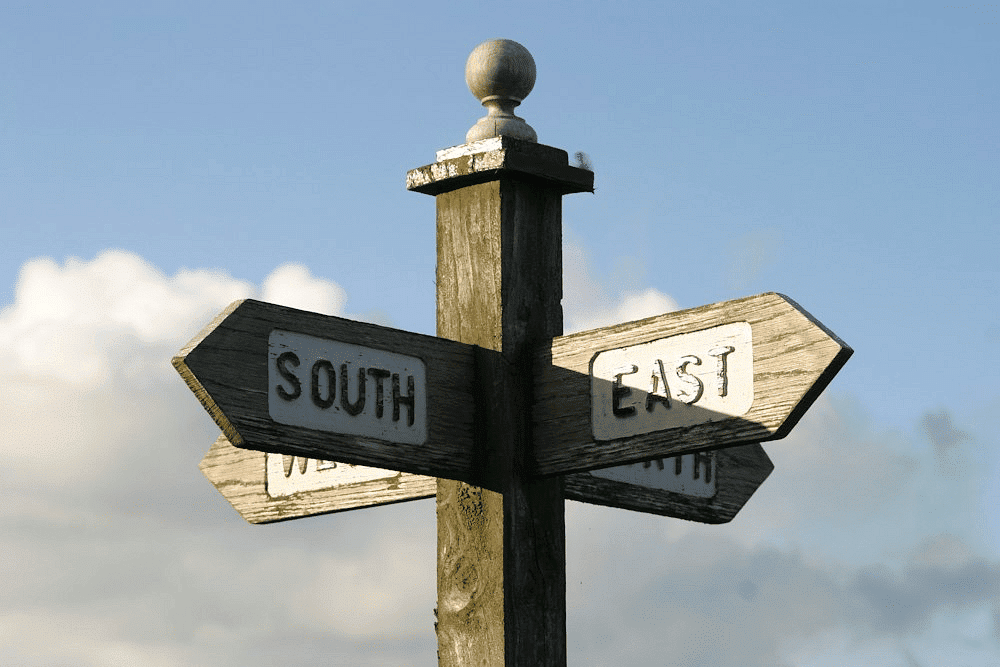Worksheet: Left Right - 1 | EVS for Class 3 PDF Download
Section A: True or False.
(i) The chapter "Left Right" discusses the four main directions, which are East, West, North, and South.
(ii) A map is a physical representation of a location's specific characteristics.
(iii) The Sun rises in the west and sets in the east direction.
(iv) North and South are not opposite directions.
(v) Directions on a map can help us find and locate different places accurately.

Section B: Fill in the Blanks.
(i) There are four main directions, namely East, West, __________, and South.
(ii) A map is a symbolic representation of a location's specific characteristics, typically drawn on a __________ surface.
(iii) The Sun rises in the __________ and sets in the west direction.

(iv) To reach Ruchira's school, she has to take the first __________, then left, then again a right, and finally the last right turn.
(v) Directions on a map help us understand and __________ a map.
Section C: Answer the Following Questions.
(i) How many main directions are discussed in the chapter "Left Right"?
(ii) What is the purpose of directions on a map?
(iii) What is the correct order for reaching Ruchira's school as mentioned in the chapter?
(iv) Where does the Sun rise and set, according to the chapter?
(v) What is the purpose of using symbols on a map?

You can access the solutions to this worksheet here.
|
61 videos|177 docs|48 tests
|
FAQs on Worksheet: Left Right - 1 - EVS for Class 3
| 1. What are the basic concepts of left and right that Class 3 students need to learn? |  |
| 2. How can teachers effectively teach left and right to young learners? |  |
| 3. Why is it important for children to know their left and right? |  |
| 4. What activities can parents do at home to help their children learn left and right? |  |
| 5. Are there any common mistakes children make when learning left and right? |  |

|
Explore Courses for Class 3 exam
|

|

















